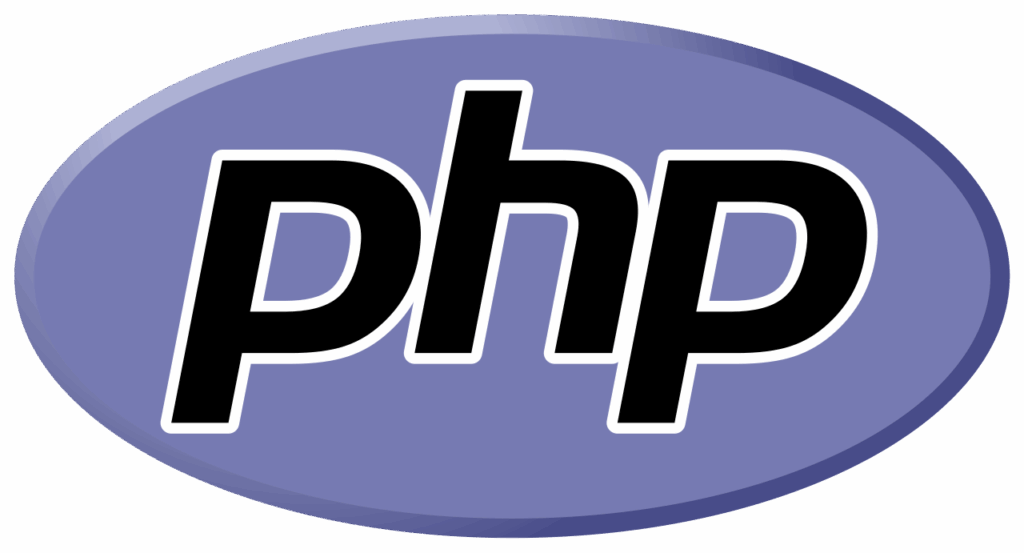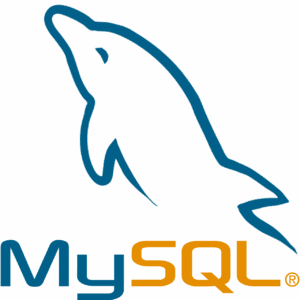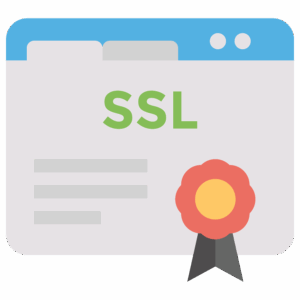WordPress Review: Powering the Future of Business Websites

In today’s digital-first world, having a strong online presence is essential—not optional. WordPress, the world’s most popular content management system (CMS), continues to empower businesses of all sizes to build dynamic, scalable, and cost-effective websites. What started in 2003 as a blogging platform has since evolved into a robust, open-source ecosystem that powers over 40% of all websites globally.
This review explores what WordPress is, how it supports business growth, and why it remains a dominant force in web development.
What is WordPress?
WordPress is an open-source CMS designed to simplify the creation and management of websites. It comes in two forms:
- WordPress.org – A self-hosted solution offering full flexibility and control.
- WordPress.com – A managed platform with hosting included, ideal for beginners or small-scale websites.
For most businesses, WordPress.org is the preferred choice due to its customizability, scalability, and powerful plugin ecosystem.
Built using PHP and MySQL, WordPress provides a modular framework where users can install themes for design and plugins for added functionality. From blogs and e-commerce stores to membership portals and corporate websites, WordPress offers unmatched versatility.
How WordPress Helps Businesses Thrive
1. User-Friendly Interface
One of WordPress’s strongest assets is its intuitive dashboard, which makes website management accessible to users of all technical skill levels. Adding pages, updating content, and customizing design elements can be done quickly—no coding required.
💡 Ideal for small business owners or marketers who want full control without relying on developers.
2. Affordable and Cost-Effective
WordPress core software is completely free. Many high-quality themes and plugins are also free or available at a low cost. Even premium tools are generally far more affordable than custom development.
- No license fees
- Open-source foundation
- Budget-friendly for startups and enterprises alike
3. Endless Customization
With over 60,000+ plugins and 10,000+ themes, WordPress is one of the most customizable platforms available. Whether you’re launching a sleek portfolio, a powerful e-commerce store, or a client booking system, there’s likely a plugin or theme that fits your needs.
Popular integrations include:
- WooCommerce – For building online stores
- Elementor – Drag-and-drop page builder
- Yoast SEO – Search engine optimization
- MemberPress – Membership and subscription functionality
4. SEO-Ready Framework
Search engine visibility is vital. WordPress is designed with SEO in mind:
- Clean HTML and structured content
- Mobile-responsive themes
- Powerful SEO plugins (Yoast SEO, Rank Math)
These tools help optimize content, metadata, image tags, and sitemaps, improving organic rankings on Google and Bing.
5. Scalable for Growth
Whether you’re starting with a simple blog or scaling to a website with millions of monthly visitors, WordPress can grow with you. Combined with quality hosting and caching strategies, it offers:
- Fast page speeds
- High traffic tolerance
- Flexibility for adding features or integrations over time
6. Community and Ecosystem Support
With a global community of developers, contributors, and users, WordPress boasts one of the most active ecosystems in tech. You’ll find:
- Support forums
- Free and paid tutorials
- Events like WordCamps
- Regular security updates and patches
This shared knowledge pool ensures continuous improvement and long-term viability.
How WordPress is Shaping the Future of Web Development
1. Headless WordPress
WordPress is now being used in headless configurations, where the backend CMS is decoupled from the frontend UI. This allows developers to use JavaScript frameworks like React or Vue.js for a modern, app-like experience.
Benefits include:
- Better performance
- Greater design flexibility
- Multi-platform content delivery (web, mobile, kiosk)
2. Integration with AI and Emerging Tech
The WordPress ecosystem is rapidly integrating:
- AI plugins for content generation and personalization
- IoT solutions for smart device connectivity
- Voice search and chatbots for enhanced UX
This forward-looking approach ensures that businesses stay competitive in a tech-driven marketplace.
3. Accessibility Focus
Web accessibility is more important than ever. WordPress supports:
- ADA and WCAG-compliant themes
- Keyboard navigation
- Screen reader compatibility
Accessibility not only improves inclusivity but also enhances SEO and user satisfaction.
4. Security Enhancements
WordPress is committed to security, with:
- Regular core updates
- Security-focused plugins (Wordfence, Sucuri)
- Best practices for password protection, backups, and SSL
With proper maintenance, WordPress is as secure as any commercial CMS.
5. Green Hosting Compatibility
More companies are prioritizing sustainability. WordPress is compatible with eco-friendly web hosts that use renewable energy. This supports environmentally conscious business practices and helps reduce carbon footprints.
Challenges and Considerations
While WordPress is versatile, it comes with considerations:
- Plugin overload: Too many or poorly coded plugins can slow down your site or introduce vulnerabilities.
- Maintenance: Updates to plugins, themes, and WordPress core are essential but require diligence.
- Learning curve: Beginners may need time to master the dashboard, settings, and tools, or they may need to hire support.
Nonetheless, these are manageable with good practices and support from the community or professionals.
Final Verdict: Why WordPress Is the Ultimate CMS for Businesses
WordPress has transformed how businesses build and maintain websites. It offers the perfect blend of affordability, flexibility, and future-proof innovation. Whether you’re launching a startup, expanding your digital presence, or building a new content hub, WordPress provides the tools to succeed.
✅ Fully customizable
✅ Scales with your business
✅ Massive plugin/theme ecosystem
✅ SEO-friendly and mobile-ready
✅ Backed by a passionate global community
As emerging trends like AI, headless architecture, and green tech become the norm, WordPress continues to adapt and lead. For any business serious about succeeding online, WordPress is more than just a platform—it’s a strategic advantage.
Ready to build your website?
Start with WordPress and unlock the full potential of open-source web development.
Install WordPress
In this walkthrough we will setup WordPress on an Apache web server running PHP and a MySQL database called MariaDB. The Linux operating system will be Ubuntu 22.04.2. SSL will be setup with Let’s Encrypt using certbot . I have SSH’d into the server so I need to open the SSH port before enabling the universal fire wall.
# sudo ufw allow 22/tcp
# sudo ufw enable
Update server.
# sudo apt update && sudo apt upgrade -y
1. Install & Configure Apache.
# sudo apt install -y apache2We will need to allow Apache through the firewall by opening port 80/tcp and 443/tcp for HTTP and HTTPS.
# sudo ufw allow 'Apache Full'
# sudo ufw status
Start Apache.
# sudo systemctl enable --now apache2Create the file example.conf for the Apache virtual host in directory /etc/apache2/sites-available.
# sudo vi /etc/apache2/sites-available/example.confAdd the following code, un-hash logs if required.
<VirtualHost *:80>
ServerAdmin contact@example.com
DocumentRoot /var/www/example/wordpress
ServerName example.com
ServerAlias www.example.com
<Directory "/var/www/example/wordpress">
Allowoverride All
</Directory>
# ErrorLog logs/example.com-error_log
# CustomLog logs/example.com-access_log combined
</VirtualHost>The configuration should automatically create symlinks within /etc/apache2/sites-enabled/. If not run the following command to enable the configuration.
# sudo a2ensite example.confDisable the default site 000-default use -p to purge all traces of the module in the internal state data base.
# sudo a2dissite -p 000-defaultRestart Apache.
# sudo systemctl reload apache2
2. Install PHP and PHP extensions.
# sudo apt install -y libapache2-mod-php php-gd php-mysql php-curl php-mbstring php-intl php-gmp php-bcmath php-xml php-imagick php-zipRestart Apache.
# sudo systemctl reload apache2
3. Install & Configure MariaDB (MySQL).
# sudo apt install -y mariadb-serverStart MariaDB Service and enable for auto start.
# sudo systemctl enable --now mariadbSecure database.
# sudo mysql_secure_installation- Set root password
- Remove anonymous
- Set local only
- Remove test db
- Reload permissions
Configure MariaDB with user and database for WordPress.
# sudo mysql -u root -pEnter these values changing <database-name>, <user-name> and <password> we will need to remember these for later when setting up WordPress.
MariaDB [(none)]> CREATE DATABASE <database-name>;
MariaDB [(none)]> CREATE USER <user-name>@localhost IDENTIFIED BY '<password>';
MariaDB [(none)]> GRANT all PRIVILEGES ON <database-name>.* TO <user-name>@localhost;
MariaDB [(none)]> FLUSH PRIVILEGES;
MariaDB [(none)]> QUIT;
4. Install & Configure SSL
Check Apache virtual host is setup correctly.
# sudo apache2ctl configtestResult should be syntax ok, If changes are needed the reload Apache after.
# sudo systemctl reload apache2Install Certbot and python3-certbot-apache a plugin to connect Certbot with Apache.
# sudo apt install -y certbot python3-certbot-apacheObtain a certificate with Certbot.
# sudo certbot --apacheVerify Certbot auto-renewal
# sudo systemctl status certbot.timerTest Renewal.
# sudo certbot renew --dry-run
5. Install & Configure WordPress
To download WordPress we will need the wget package.
# sudo apt install -y wgetDownload WordPress in www so it can be used for other websites.
# sudo cd /var/www/
# sudo wget https://wordpress.org/latest.tar.gzExtract WordPress.
# sudo mkdir -p /var/www/example
# sudo cp /var/www/latest.tar.gz /var/www/example
# sudo tar xzf /var/www/example/latest.tar.gz
# sudo rm /var/www/example/latest.tar.gzSetup file access.
# sudo chown -R www-data:www-data /var/www/example
# sudo chmod -R 775 /var/www/exampleConfigure WordPress. Open your favorite browser and enter your domain name example.com into the URL.
# https://example.com/Follow the installation steps using the database details we setup earlier in this walkthrough.
